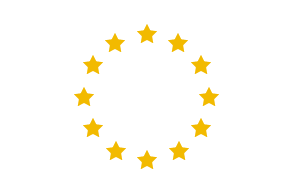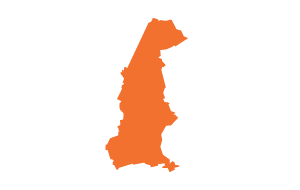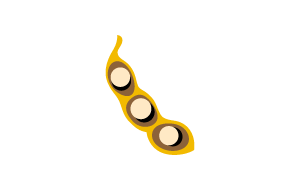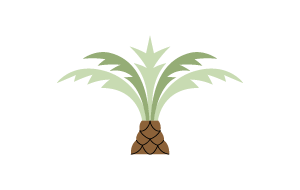GLOBAL COMMODITIES
Palm Oil
Palm Oil in Indonesia
The history of palm planting and plantations in Indonesia’s archipelagic country began in 1848 when a scientist from the Dutch colonial state brought the palm oil seeds to the Bogor Botanical Garden on orders from Johanes Elyas Teysman. After that, Indonesia, which was driven by the Dutch Colonial Government, had conducted planting trials several times and experienced repeated failures. After Indonesia held its Independence in 1945 the Indonesian Government had nationalized private companies owned by the Dutch. At least, until the early 1960s there were already 101 plantation companies, particularly in the North Sumatra region that had been nationalized.
The momentum for the emergence of palm oil as an important commodity for Indonesia, at least began to take shape in the 1970s, when investment came rushing into Indonesia. In this context, the expansion of palm oil plantations is also supported by the state. Initially, palm oil plantations were only run by companies, but in the 1980s, palm oil plantation businesses emerged that were run by independent smallholders through the Perkebunan Inti Rakyat (PIR) program or Nucleus Estate and Smallholder. Through this program, which is also coordinated with the transmigration program to various regions in Indonesia, palm oil thrives in transmigration locations including Sumatra and Kalimantan.
During the authoritarian era of Soeharto, the state continued to expand the palm oil plantation business, both through smallholders programs and enterprise plantations, which then resulted in enormous environmental damage and deforestation. State support was also evident through the granting of permits by the Ministry of Forestry which allowed the clearing of 2 million hectares of forest and land during the 1980s. Parallel with the clearing of land as well as forests, land conflicts are inevitable, including lands that were originally owned by indigenous peoples.
By the mid-2000s, Indonesia had become one of the largest producers of palm oil together with Malaysia, and has continued to maintain its market share to date. In 2020, Indonesia’s palm oil production was recorded at 44.76 million tonnes, half of the total world production which reached 75.88 million tonnes in the same year.










